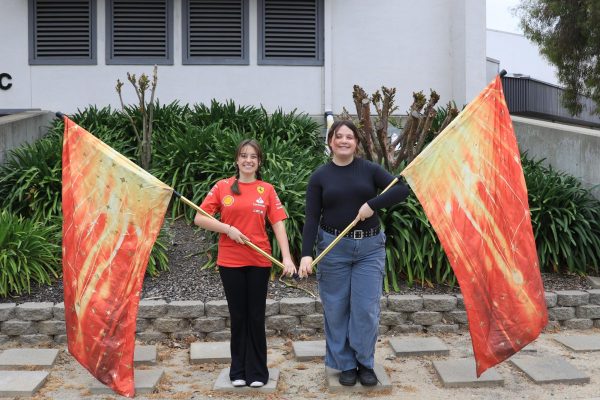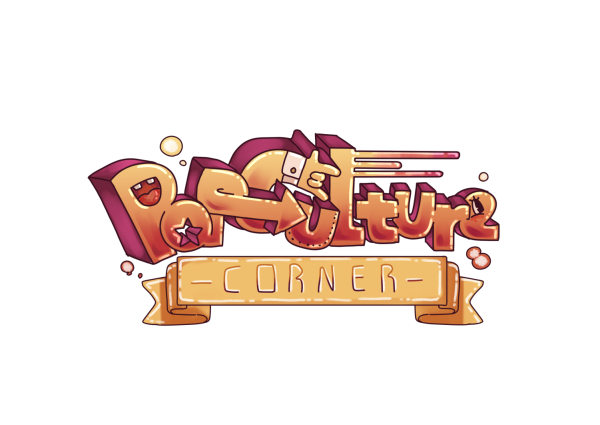Apple products hit shelves
More shiny, expensive metal?
That’s right, Apple released new products on March 9, and the one item that stood out at this oft anticipated event was the release of the Apple Watch.
It has some cool features allowing users to get work done without whipping out their phones, such as being able to send reminders, read emails, and receive and respond to calls and messages.
Apple has emphasized some features, such as how it is a perfect health and fitness companion as it can monitor the number of calories burned and the amount of distance traveled.
The Apple Watch will be available in three variations, none of them for the cost-minded consumer, and each with multiple subsets of colors to choose from.
The standard Apple Watch ranges from $549 to $1,099.For the athlete-minded, Apple Watch Sport ranges from $349 to $399.
And for the fashion-minded, Edition is made of 18-karat gold and ranges from $10,000 to $17,000.
The Apple Watch went on preorder April 10, and launched April 24.
Users will have to have an iPhone with the latest iOS 8.2, as the Watch only plays friendly with iOS devices.
“I would buy it out of pure laziness of not pulling out my phone,” senior Frankie Esparza said.
Other students tended to have a different opinion.
“It’s too expensive and it has the same apps and abilities as the iPhone,” said freshmen Reshma Karthikeyan. “Besides, no one uses a watch these days.”
Some teachers also don’t plan to buy the Apple Watch.
“I wouldn’t buy it because for the same price I could get a new phone,” said AP Psychology teacher Brandon Quick. “I would buy it, however, if it was a standalone device or if the current device was less expensive.”
Apple also came out with a new Macbook.
Two of the most outstanding features are its thinness of 13.1 mm, and its weight of only two pounds.
This makes it one of the most portable laptops around.
With the 12-inch Retina display (high resolution), users will be able to work quickly and with precision on the go.
This new Macbook also packs a never-before-seen feature in a Macbook: a trackpad that has what Apple dubbed Force Touch.
It gives users haptic feedback, or vibrations, based on their clicks for a whole new level of immersion in interacting with the laptop.
Apple has also ditched its usual proprietary charging port and charger for a new industry-standard USB-C port.
It not only serves as a charging port, but as the to-go spot to plug in a plethora of accessories, from a HDMI cable to the usual USB stick.
If users are eager to get the latest and best laptop Apple has to offer, the new Macbook is now available at the base price of $1,299.
But not everyone is eager.
“I feel like there’s barely any additions to it,” said junior Adnaan Yunus. “There’s nothing new. It’s just thinner and has a better display.”
This lack of willingness to get the new Macbook seemed to resonate with other students as well.
“The new Macbook boasts subpar processing power, only one USB port, and too small of a hard drive,” said senior Jesse Gao.
New hardware aside, Apple also announced ResearchKit at the March 9 event, which is a software framework for developers to make apps for medical research, a first for Apple.
Owing to Apple’s huge market share in the mobile space, apps based on ResearchKit have the ability to revolutionize the medical field.
Millions of people will be able to participate in studies quickly and at their convenience.
Once again, Apple has released new products to make people’s lives better.



